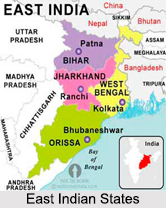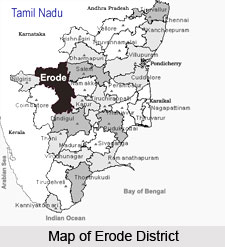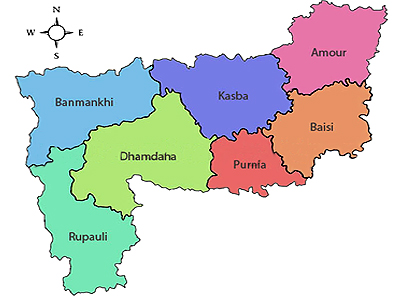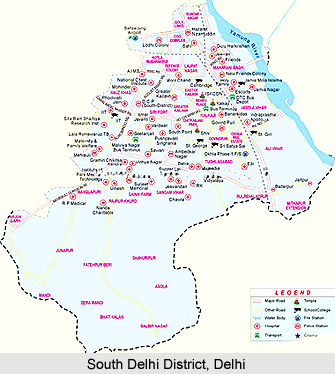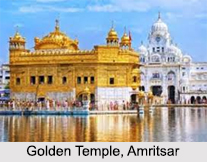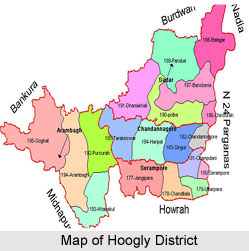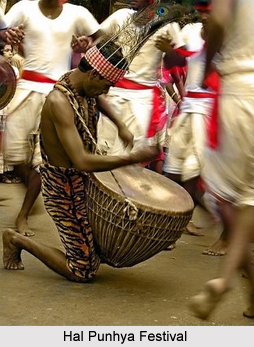 Festivals of East Singhbhum District contribute to the culture of the region. Here, in this district of Jharkhand almost every month or every season has its own kind of festivals and other significances. Amongst them the main are Sharhul, Chait-Ganjan, Ind-Karam, Bandna, and Makar or Tusu Parab.
Festivals of East Singhbhum District contribute to the culture of the region. Here, in this district of Jharkhand almost every month or every season has its own kind of festivals and other significances. Amongst them the main are Sharhul, Chait-Ganjan, Ind-Karam, Bandna, and Makar or Tusu Parab.
Popular Festivals of East Singhbhum District are mentioned below-
Hal Punhya Festival: Here the cultivation year begins with the fall of winter. The first day of Magha month which is known as Akhain Jatra or Hal Punhya, means the beginning of cultivation season. The farmers, to symbolize this auspicious morning plough two and half circles of their agricultural land. This day is also considered as the symbol of good fortune.
Sarhul: The Sarhul festival is the worship of the village deity who is supposed to be the protector of the tribes. In this festive season the entire region remains highly charged up. People celebrate this festival with dance and song, food and drinks. It is celebrated in the spring season when the sprouting Sal gets greener and Sal trees blossoms with flower called Shalony or Shalai. This is the symbolic flower of Sarhul festival.
Bhagta Parab: Bhagta Parab namely the festival of the devotees comes in the end of spring season and in the beginning of summer season. Among the tribal, it is popularly known as worship of Budha Baba because here it has got its own meaning and procedure of worshipping. Devotees observe fast for the worship.
Rohin: Perhaps the first folk festival of this land is Rohin. It is a symbolic festival of sowing seeds in the field. Farmers begin sowing seeds from this day. There is no dance or song like other festivals but just a few rituals. There are also some other festivals along with Rohin and they are Rajsawala Ambavati and Chitgomha.
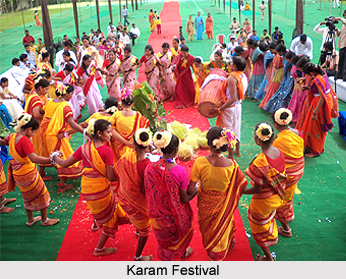 Karam: Another extensively celebrated festival of this district is Karam which is held on the 11th day of the phases of moon in Bhadra month. It is the festival of youthfulness and for the youth. The youth of villages get together in the forest where they dance, sing and collect fruits and flowers for worshipping of the deity known as Karma Devta. It is also considered as an example of vital and vibrant youth festival. At the same time, the unmarried girls celebrate the Jawa festival, which has its own kind of dance and songs.
Karam: Another extensively celebrated festival of this district is Karam which is held on the 11th day of the phases of moon in Bhadra month. It is the festival of youthfulness and for the youth. The youth of villages get together in the forest where they dance, sing and collect fruits and flowers for worshipping of the deity known as Karma Devta. It is also considered as an example of vital and vibrant youth festival. At the same time, the unmarried girls celebrate the Jawa festival, which has its own kind of dance and songs.
Bandna: One of the most popular festivals of East Singhbhum District is Bandana Parab during the black moon of the month of Kartika (Amavasya). This festival is the symbol of animal worship. The songs of this festival are called Ohira. Farmers clean their animals, feed them well and decorate them. They sing songs of admiration as an acknowledgement for their contribution. The primitive people believe that animals also have spirits which might harm or benefit them. So as to pacify these spirits as well as for better performance they worship their animals. The alluring of the weeklong festival takes place on the last day. A unique aspect of Bandna is the wall embellishment with the folk painting.
Tusu or Makar: Here the most common festival is Tusu or harvest festival that is celebrated during the winter season or Poush month. People at that time do Tusu Dance with glory and pomp. Though there is no history behind this festival, there are some rituals and customs. Moreover, it has some tremendous store of brilliant songs full of life and taste. The stories and the experiences of livelihood are reflected through these songs.
Festivals of East Singhbhum District are a reflection of the uniqueness and distinctive identity of its cultural heritage.
